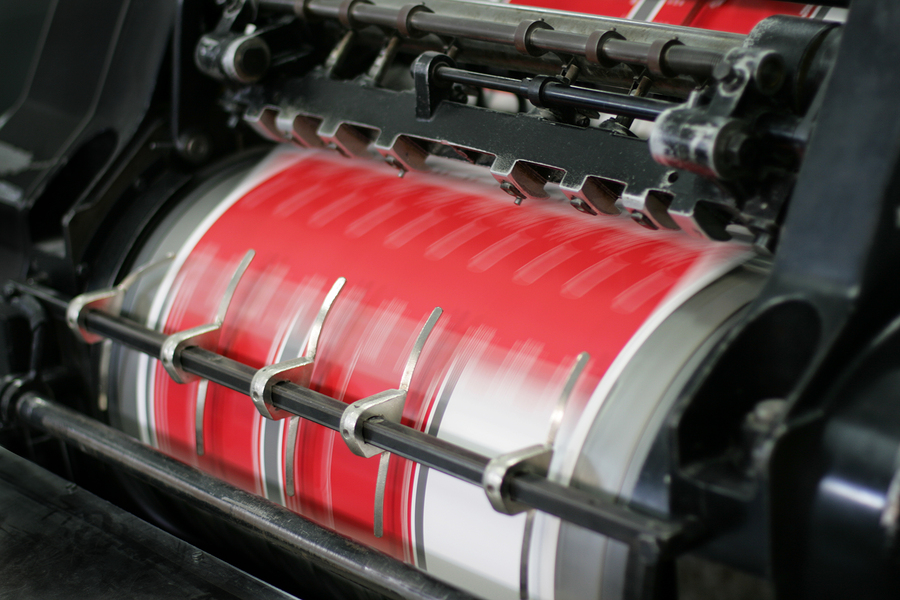Budget-Friendly litho printing Solutions for Your Company
Budget-Friendly litho printing Solutions for Your Company
Blog Article
A Comprehensive Overview to Recognizing Litho Printing Methods
The world of litho printing, a method originating from the late 18th century, is a fascinating mix of history, science, innovation and art. Remain with us as we journey right into the captivating world of litho printing.
The Historic Advancement of Litho Printing
The historical trajectory of litho printing, a crucial innovation in the realm of communication, is a fascinating story of human resourcefulness. Birthed in the late 18th century by Alois Senefelder, this technique was originally a cost-effective technique of publishing theatrical jobs. Lithography, stemmed from the Greek words for 'rock' and 'to create', used a smooth stone surface area to transfer pictures onto paper. The procedure advanced with the development of the rotating press, which substantially boosted performance (litho printing). In the 20th century, the technology of countered lithography transformed the market, permitting automation of top quality prints. Each stage of litho printing's development showcases humanity's unrelenting search of effectiveness and quality in aesthetic interaction.
Deciphering the Science Behind Litho Printing Inks
Relocating ahead in the exploration of litho printing techniques, the emphasis currently moves to the scientific research behind litho printing inks. The make-up of these inks, their drying out procedure, and color mixing strategies develop the foundation of this intricate art form. Understanding these components is critical to understanding the craft and attaining the preferred print results.
Structure of Litho Inks
In lithographic printing, the essential duty of litho inks can not be overemphasized. Pigments, the color-providing elements, are finely ground fragments put on hold in the lorry, a fluid that brings the pigment onto the printing surface. Each component plays an essential component in the final print's quality, making the specific solution of litho inks an intricate science.
Ink Drying Process
From the composition of litho inks, attention turns to the fascinating process of ink drying. The drying procedure is crucial, as it influences the last print's quality and durability. Two primary approaches are utilized in litho printing: oxidative drying out and absorption. Oxidative drying out involves the ink responding with oxygen airborne to develop a tough, completely dry film. This approach provides a long lasting coating, but can be slower contrasted to absorption. Absorption, on the other hand, involves the ink leaking into the paper fibers, which is a faster process however can lead to much less lively shades. The selection in between these techniques depends on aspects such as print speed demands, the paper kind utilized, and the desired surface.
Shade Combining Strategies
While the drying process plays a vital function in litho printing, the scientific research of shade mixing methods holds equal relevance. The scientific research behind litho printing inks likewise takes right into account the openness of the ink, which influences exactly how shades overlay and mix.
The Art and Design Elements in Litho Printing
Litho printing breathes life right into art and design through its one-of-a-kind aspects. Litho printing accommodates a range of shades, allowing artists to create vibrant and dynamic prints. This combination of accuracy and versatility makes litho printing a preferred selection for numerous musicians and designers.
Modern Applications of Litho Printing Methods
Litho printing methods have found extensive usage in the modern commercial field. Its impact and relevance remain to grow with the introduction of brand-new developments and innovations in the field. This area will check out these modern applications and the transformative role they my response play in the printing industry.
Commercial Litho Printing Makes Use Of
In today's electronic age, one could question the significance of typical printing techniques. Yet, litho printing continues to be a vital part of the commercial sector. High-volume printing tasks, such as the manufacturing of publications, papers, and packaging, rely upon litho printing for its capacity to deliver premium image high quality and price efficiency. The procedure, which involves transferring an inked picture from a plate onto a rubber blanket and after that to the printing surface area, provides unparalleled consistency. This makes it suitable for tasks needing a big print run. Litho printing likewise offers a broad color range, above that of digital printing. This makes it the go-to option for jobs that demand lively, high-quality color reproduction.
Technologies in Litho Printing
Pressing the borders of traditional techniques, modern improvements have actually fueled a host of developments in litho printing. One popular development is digital litho printing, which combines the virtues of digital modern technology with litho's high-grade output. These technologies underscore the enduring relevance of litho printing in the modern-day globe.
Discovering the Process of Litho Printing: Detailed

Obstacles and Solutions in Contemporary Litho Printing

In spite of the precision and practice that litho printing happily maintains, it is not without its set of contemporary obstacles. Digital litho printing enables for affordable short runs and very easy personalization, resolving the issue of variable information. Therefore, while there are obstacles, the litho printing industry is proactively adjusting to fulfill them head-on, guaranteeing its importance in the future.
Verdict
In verdict, litho printing, with its rich background and clinical complexities, holds a considerable area in the print market. The future of litho printing hinges on its capability to adapt to these transforming needs, affirming its enduring worth visit the site in a progressing market.

Report this page